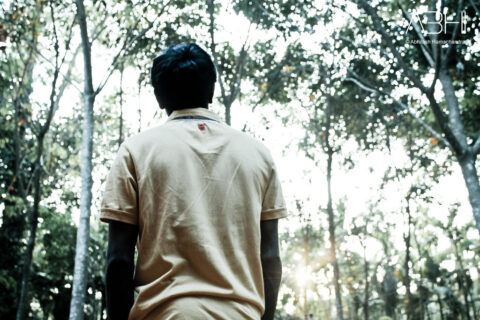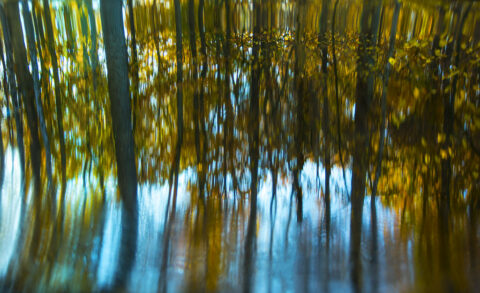A Poetic Ecology of Networks: Moving From “It” and “So That” to “Us” and “As”
Networks are fundamental to life, to liveliness and to livelihood. There is growing recognition of this fact. And at the same time, the frame through which one views networks has a lot to say about how one might be living out and into their potential, or not. For example, I still see people a bit enamored of “social network analysis” (SNA) in a way that concerns. It is the equivalent of pinning an insect to a board and dissecting it. The vitality of any living creature does not lie in understanding its “parts” alone, and pinning anything down does not allow “the observer” to see it in action, in its vitality. This is not to say that SNA cannot be helpful, but to keep in mind that anything frozen is not a true representation of life, and that the very observation of something changes it, as in living systems we are constantly engaged in the making “and bringing forth of worlds” through our interactions (see the work of the late Humberto Maturana) .

Which brings me to the use of “it” in referring to a network, or the idea of “building a network.” A network is not simply an it, it is an “us,” at least when we are referring to social and social-ecological webs. And a network is not simply a means to an end, a “so that,” if you will. Networks always “are” in some sense, in light of the myriad and often invisible connections that exist in our world. And as I have written before, the very nature of networks in terms of their patterns of connection and flow, has a lot to say about human and ecological health and resilience.
The use of “it,” which I certainly fall into, can create a degree of false and, in some cases, dangerous separation. A case could be made that much of what ails mainstream society and the human world is a severe case of distance and abstraction. As Andreas Weber has pointed out, this false separation in mainstream biological sciences can lead to the cutting off of something vital – our feelings and emotion! In The Biology of Wonder, Weber makes the case that far from being superfluous to the study of organisms (including social and and social-ecological networks), feelings (and I would add our bodies below the neck), are the very foundation of Life!
Which is why, increasingly, I am playing with full-bodied ways of engaging people in “network ways of thinking, doing and being” – at individual (internal to our selves – yes, we are networks!), group, and larger systemic scales. Whether it be poetry, music/song, meditation, storytelling, somatic practice, there is an apparent need to enlist people in a “poetic ecology” (in Weber’s words) of net work. This to me is key to helping to realize the regenerative potential of networks, and requires dedicated and deep practice.
What changes, what possibilities arise, when you shift towards “seeing” a given network as an “us” and an “as”?

originally published at IISC
Curtis Ogden is a Senior Associate at the Interaction Institute for Social Change (IISC). Much of his work entails consulting with multi-stakeholder networks to strengthen and transform food, education, public health, and economic systems at local, state, regional, and national levels. He has worked with networks to launch and evolve through various stages of development.
PLEASE DONATE to help Network Weaver continue in it’s mission to offer free support and resources to networks worldwide.

